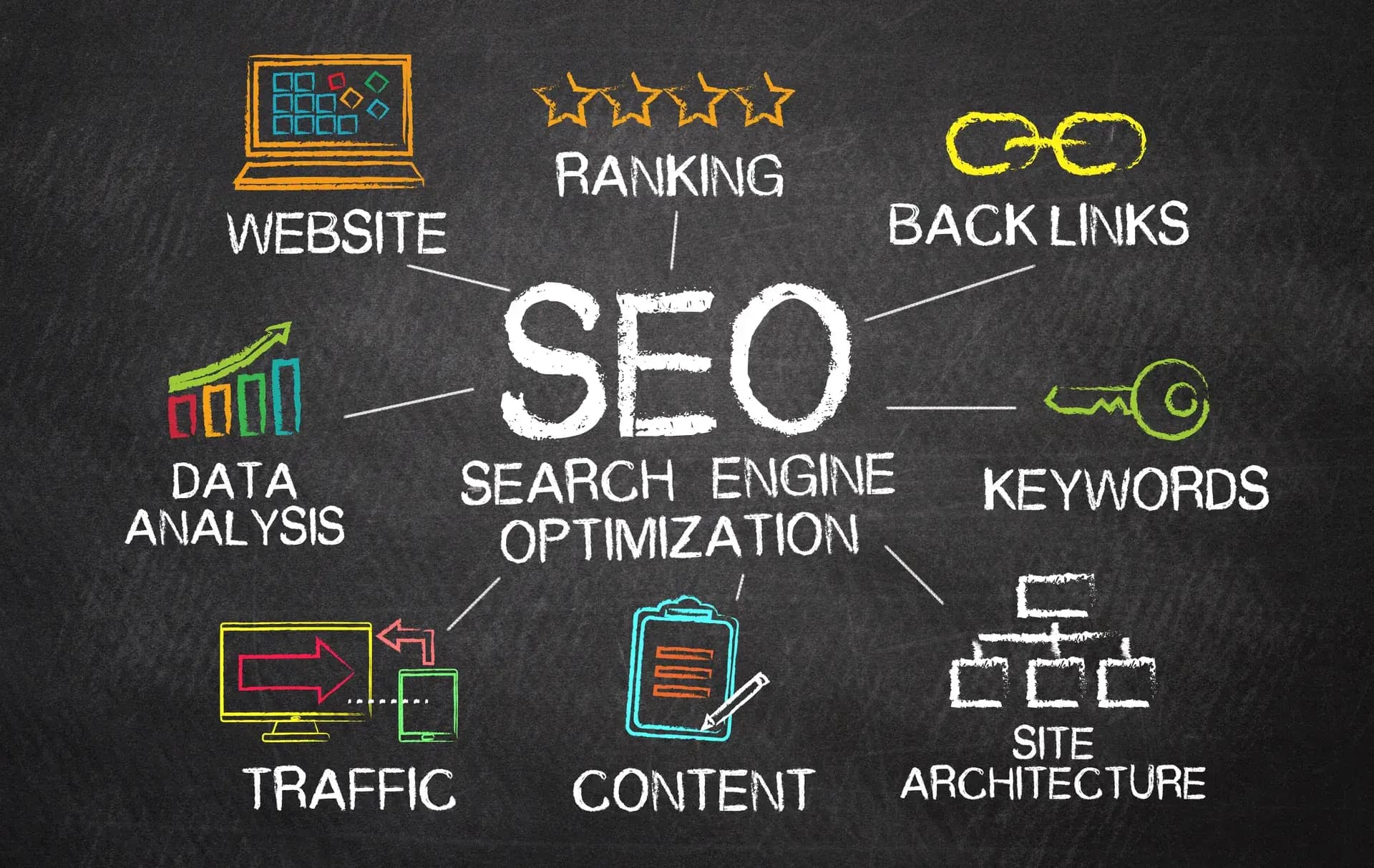On-site SEO optimization is a crucial aspect of digital marketing that focuses on enhancing factors within your website to improve search engine rankings and user experience. In this comprehensive guide, we'll explore key strategies and practices that can boost your site's visibility, drive organic traffic, and ultimately convert visitors into customers.
What is On-Site SEO Optimization?
On-site SEO refers to all the actions taken on your website to optimize its search engine performance. This includes adjustments to content, HTML source code, and overall site architecture. By improving these elements, you can make your site more attractive to search engines like Google, enhancing your chances of ranking higher for relevant keywords.
Key Elements of On-Site SEO Optimization
1. Keyword Research and Placement
Effective keyword research is fundamental for on-site SEO. Understand what your target audience is searching for and incorporate those keywords into your content. Ensure they are placed strategically:
- Title Tags: Use primary keywords in your page titles.
- Headings: Include keywords in H1, H2, and H3 tags to structure content.
- Body Text: Naturally weave keywords into your content while avoiding keyword stuffing.
2. Meta Tags Optimization
Optimizing meta tags can improve click-through rates and search visibility. Focus on:
- Meta Descriptions: Write concise, compelling descriptions that include keywords and encourage clicks.
- Title Tags: Keep them under 60 characters while including targeted keywords.
3. Content Quality and Relevance
Search engines favour high-quality content that meets user intent. Ensure your content is:
- Informative and valuable to your audience.
- Regularly updated to provide fresh insights.
- Engaging, using multimedia like images and videos.
4. URL Structure
Your website's URL structure should be simple, readable, and include keywords when necessary. A clean URL not only helps search engines understand your content better but also enhances user experience. For example:
- Use hyphens to separate words (e.g.,
yourwebsite.com/on-site-seo-optimization). - Avoid using unnecessary parameters or complex characters.
5. Internal Linking
Internal links help guide users through your site and distribute page authority. Ensure you:
- Link to relevant content within your website.
- Use descriptive anchor text to give context to the links.
6. Site Speed and Mobile Optimization
Site speed affects user experience and search rankings. To improve speed:
- Optimize images and files for faster loading.
- Utilize browser caching and content delivery networks (CDNs).
Additionally, ensure that your site is mobile-friendly, as search engines like Google use mobile-first indexing.
Monitoring and Adjusting On-Site SEO
Once you've implemented on-site SEO strategies, it's essential to monitor their effectiveness. Use tools like Google Analytics and Google Search Console to track traffic, engagement, and rankings. Continually adjust your strategies based on the data collected to ensure sustained improvements.
Conclusion
On-site SEO optimization is a dynamic and ongoing process that plays a vital role in achieving higher search engine rankings and improving user experience. By focusing on keyword usage, content quality, site structure, and performance, you can create a solid foundation for your digital presence. At Prebo Digital, we specialize in comprehensive SEO services tailored to your business needs. Ready to elevate your website’s performance? Contact us today for expert assistance!







